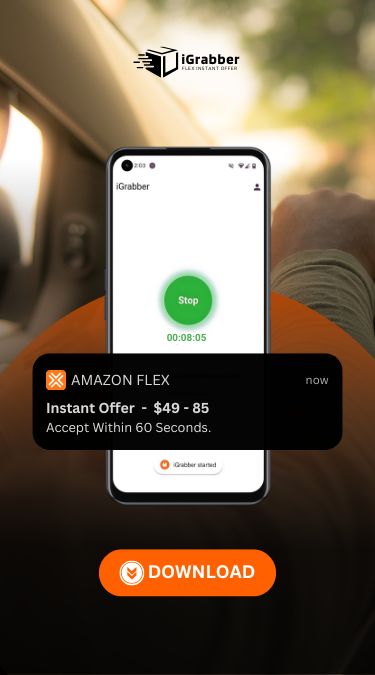As e-commerce continues to evolve, top players such as Amazon constantly innovate to enhance delivery efficiency. In 2015, Amazon introduced a crowdsourced delivery model called Amazon Flex, intending to streamline delivery processes by employing contracted gig economy drivers. While this model promised speedy deliveries, a survey showed that consumers were not immediately sold on the idea. Let’s explore the factors contributing to this hesitancy and what it could mean for the future of delivery services.
Understanding Amazon Flex
Amazon Flex aimed to revolutionize how packages reached customers. By leveraging a network of independent drivers, Amazon sought to reduce delivery times and manage delivery costs effectively. This model allows drivers to set their schedules, offering flexibility and additional income opportunities.
Advantages of the Amazon Flex Model:
- Enhanced delivery speed
- Lower operational costs
- Flexible work options for drivers
Despite its potential benefits, the model faced skepticism from customers uneager to embrace the crowdsourcing concept for package deliveries.
Consumer Concerns
Many consumers worry about the reliability and security of crowdsourced delivery services. The idea of having unknown individuals handling packages raises concerns about package safety and personal data protection.
Key Consumer Concerns:
- Trust in gig economy drivers
- Security of personal information
- Package handling and safety
The hesitance stems largely from unfamiliarity with how this new delivery approach works. To learn more about how crowdsourced models like Amazon Flex function could help demystify these operations for the public.
Perceptions and Trust Issues
Trust is a vital component in delivery services. Without direct oversight by Amazon for each individual driver, consumers fear that service quality might degrade. High-profile issues such as package theft or misdelivery could further exacerbate these concerns. Adjusting perceptions involves reinforcing stringent security measures and consistently reliable service from drivers.
The Role of Driver Experience
Amazon Flex drivers hold significant responsibility for consumer satisfaction and trust in the service. However, driver experiences can vary widely, impacting how well they deliver on customer expectations.
Challenges Faced by Drivers:
- Navigation and finding addresses
- Managing delivery time expectations
- Maintaining communication with customers
Providing thorough training and support for drivers can improve their performance and boost consumer confidence in this revolutionary delivery model.
Potential Impact on the Delivery Industry
If proven successful, Amazon’s crowdsourced approach could influence the entire delivery landscape. More companies may adopt similar models to compete, sharing the associated risks and challenges.
Possible Industry Changes:
- Increased competition in delivery services
- More emphasis on speed and flexibility
- Changes in employment patterns in the logistics sector
While the impact on Amazon is uncertain, understanding how this model affects customer satisfaction is vital. Read the original survey insights from GeekWire for more in-depth analysis.
Future Prospects and Considerations
As consumers gradually adapt to new delivery methods, there is potential for significant growth in crowdsourcing. Educating the public on its benefits and addressing concerns proactively are essential strategies for Amazon and similar services.
Strategies for Acceptance:
- Highlighting speed and flexibility
- Ensuring driver reliability and accountability
- Enhancing technological solutions like tracking systems
Moreover, balancing cost-effectiveness with quality service could eventually sway hesitant consumers to embrace this innovative delivery model. Visiting our home page could help familiarise you with more delivery models that are transforming the industry.
Conclusion
Amazon Flex stands as a testament to how e-commerce leaders continue to disrupt traditional business models. While surveys show initial consumer resistance, addressing concerns around trust, security, and driver experience will determine its long-term success. As this model evolves, it offers a glimpse into future delivery innovations that could reshape how goods reach us. Understanding the dynamics and exploring how services like Amazon Flex operate will enable consumers and providers to navigate this evolving landscape constructively.





